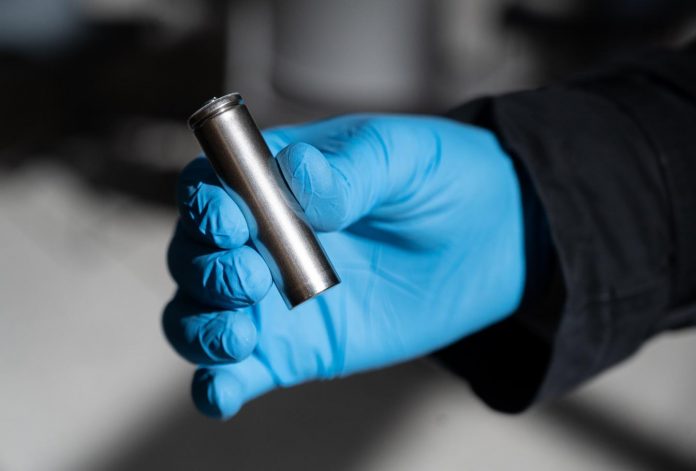The thermal runaway of batteries is often referred to as the “cancer” due to its threat to battery safety, and has been considered a key bottleneck in the development of electric vehicles and large-scale energy storage.
Recently, professors and researchers from the University of Science and Technology of China and Jinan University have collaborated to achieve significant breakthrougs in the field of early warning detection using optical fibers for lithium-ion battery thermal runaway.
The research team successfully developed a high-precision, multimodal integrated fiber optic device that can be implanted inside batteries, which offers precise analysis and early warning of the entire process of thermal runaway in commercial lithium batteries.
The team is the first in the field to discover the characteristic turning point and common laws triggering chain reactions that lead to battery thermal runaway, and have accurately identified the microscopic “irreversible reactions” inside the battery, providing important means for rapidly cutting off chain reactions of thermal runaway and ensuring safe operation within the battery’s safety range.
In the future, due to the small size and flexible shape of fiber optic sensors, as well as their resistance to electrical interference and remote operation capabilities, they are suitable for standard manufacturing technologies that enable large-scale production. They can simultaneously monitor various key parameters such as temperature, pressure, refractive index, gas composition, and ion concentration at multiple positions in a battery using a single optical fiber.
The combination of fiber optic sensing technology and batteries will play an important role in areas such as new energy vehicles and safety testing for energy storage stations.

